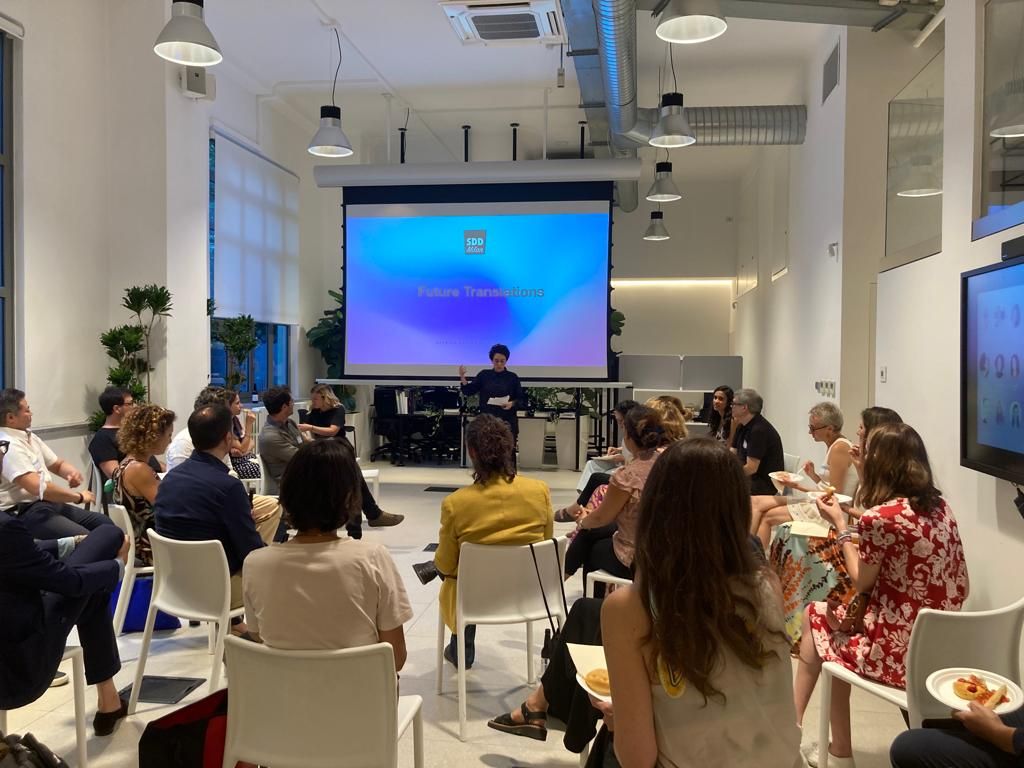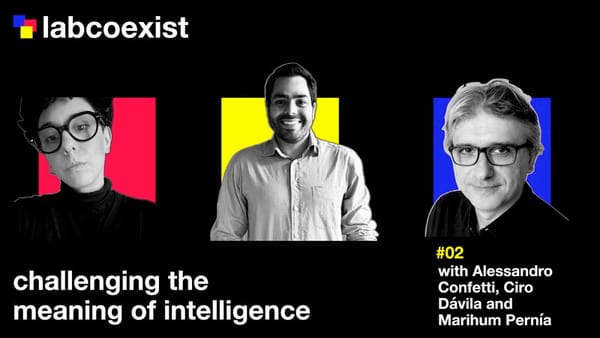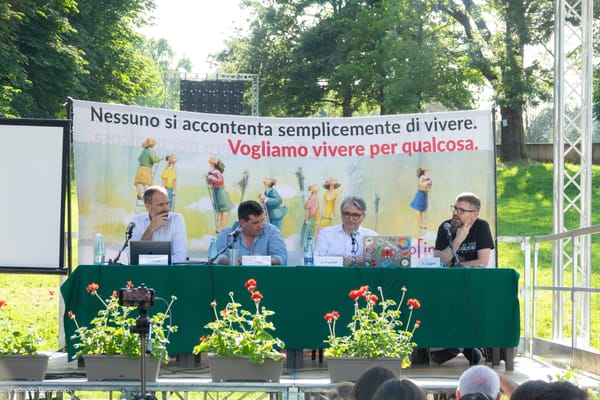Panel: Future Translations

On July 7th 2022, SDDMilan hosted an aperitivo called Future Translations. Among many interesting questions explored during the event, two captured my attention:
What complexities are we managing as humans, as a society, as the planet? How the design discipline becomes relevant in this context?
What complexity?
For a long time complexity has been hidden below the veil of organizations, regulations, and the magic of technology. We have been talking for so long about easiness, usability, and many other words just to make sure that complexity could be moved into the background. Users didn't mess with complexity, we did. Unlimited access to resources, goods, and services no matter where and when this was the simple world we were living in.
Then climate change crisis heated up the debate about what we took for granted, but nothing changed, no matter how strong Greta tried to shake the system.
The game changer was the pandemic: production crisis, supply chain disruption, and stop to travel. Everything changed. But everybody looked at all those issues as temporary, we were all eager about vaccination to go back to business as usual.
Then arrived Russia's war against Ukraine, with China and India looking for new arrangements or opportunities, and the upcoming risk of famine in norther African countries.
And finally this terrible hot new normal with unprecedented dryness and drought all over Europe (with birds falling down from the sky in India as well because of being too dehydrated).
Now the globalization crisis it's starting to appear as a constant of our lives rather than simply a parenthesis.
What design can do with such complexity?
First of all, it can help to gain back a systemic view of our complex, interconnected, and intertwined world.
Then help people and organisations to spot holes and slashes in the very fabric of it, and help reason on what to do about them. The challenge ahead is to tell when it makes sense to sew, when to patch, and when to throw away everything and start again from scratch.
Design can definitely help in all these cases.
Where design should learn from?
These challenges are shaking the foundations of our always-on, always connected, always on-the-move way of living.
Resilience has been my category of choice for the future for a long time, but there is a limit into designing for resilience. Resilience requires reacting to a shock to restore the previous state or reach a new equilibrium. It does not say anything about what to do in the meantime.
The future that is taking shape ahead of us seems more about brand new intermittent societies and economies where jobs, products, services, energies, and technologies come and go, sometimes disappearing for a while too.
The question design should help answer is about what can we still do in that meantimes. Should we just stop everything and wait for the restart?
It's time to look elsewhere and learn from the so-called underdeveloped or developing countries. They have been mastering a strong experience about how to cope with intermittent availability, no matter if it's about energy, communication, products, or services. We have an amazing opportunity to learn from these experiences and constraints to find a more systemic approach to how to cope with such holes and be able to give back solutions that can improve the lives of us all.
How design can help in the abundance vs scarcity (i.e. holes)
Design can help refocus on what matters, what is essential, what is useful, and build human interactions around it that can cope with the challenges too.
It's like switching from black/white (all off/all on) to different shades of grey where we can do without and avoid giving up.




